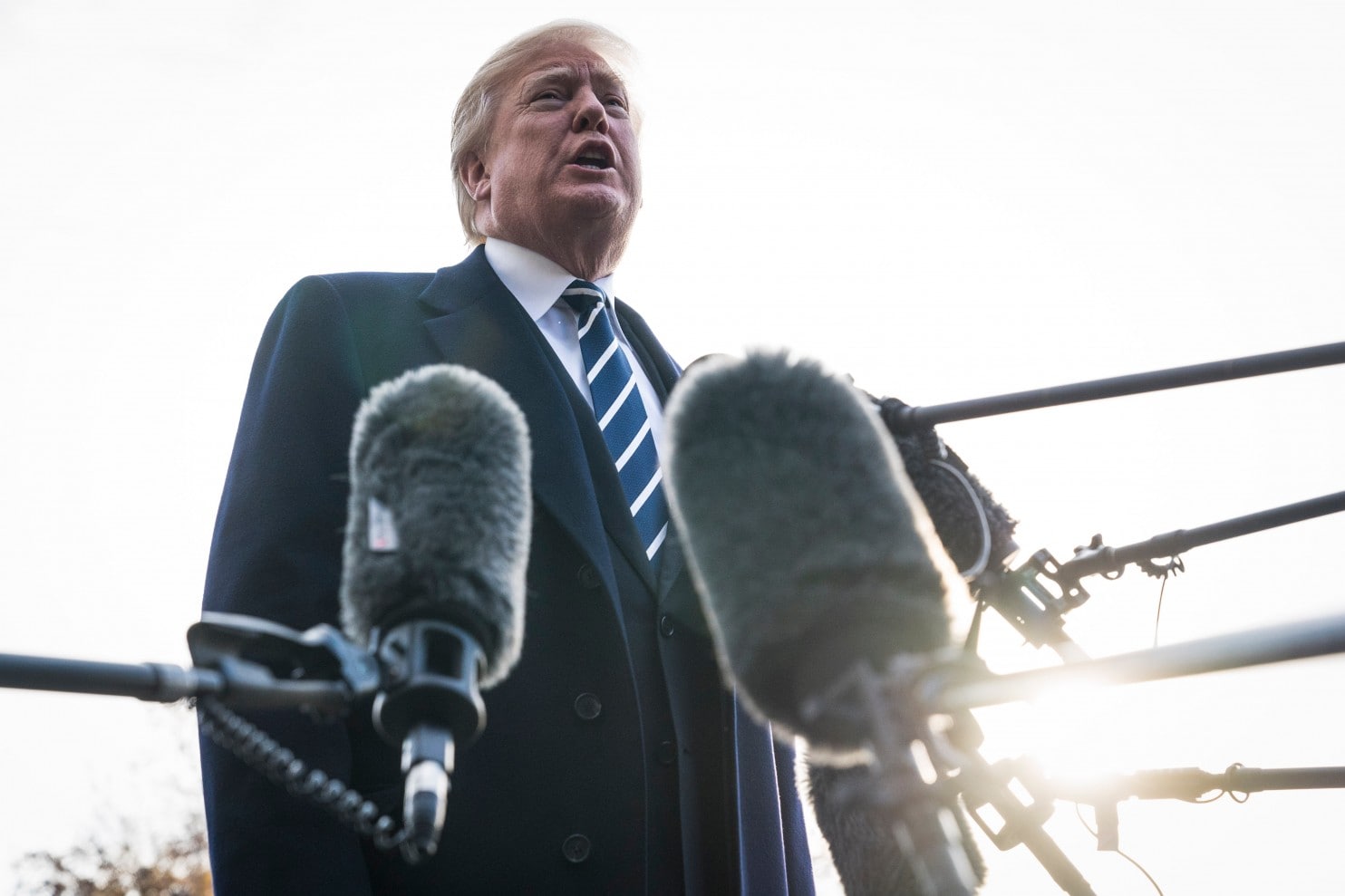
 By Margaret Sullivan Media Columnist
By Margaret Sullivan Media Columnist
When Houston Chronicle reporters want to use information from an unnamed source in a news story, they have to jump through a few hoops first.A senior editor has to approve it, and know who the source is. A single unnamed source is rarely enough to go ahead with a story — there must be two sources with the same firsthand knowledge. And one of a handful of top editors must sign off on its use before publication.
“The one exception to the two-source rule is when we have a ‘golden source’ — for example, the police chief talking about an investigation,” said Nancy Barnes, the Chronicle’s executive editor.
The vetting process is similar at many large news organizations — and it’s just one of the practices that journalists assume, perhaps incorrectly, that news consumers understand.
Anonymous sourcing is one of the least-understood of the mysteries. “A lot of people seem to think that when we use anonymous sources, we don’t even know who they are — that they’re anonymous to us,” said Washington Post reporter Wesley Lowery.
That’s definitely not the case. Anonymity is granted to known sources under tightly controlled circumstances because they can’t speak on the record with their names attached for a variety of reasons.
News organizations try to limit their use, embarking on crackdowns and then sometimes backsliding.
Peter Baker, a reporter in the Washington bureau of the New York Times, said (to a surprised reaction) at a journalism conference last week that Times Washington reporters no longer may use “blind quotes” — direct quotations with no names attached.
I asked a few prominent journalists to describe what they wish news consumers knew about our business, but probably don’t. I was prompted to do so after the undercover provocateurs known as Project Veritas released a video featuring a Post reporter and then crowed about their supposed exposé: The video showed him describing how harshly critical of President Trump he has found The Post’s staff-written editorials.
That’s hardly a secret — the editorials, which represent the consensus of the paper’s editorial board, are published, after all. (Last year, a group of such critical editorials was a Pulitzer Prize finalist.)
But Project Veritas was taking advantage of the fact that news consumers don’t make a distinction between news reporters and editorial writers. Inside The Post’s building, though, that split is clear. News reporters and news-side editors strive for impartiality — they want to keep their opinions out of their work. By contrast, editorial writers and columnists are not only allowed to have an opinion, it’s in their job description.
So, what would some of these experienced news people like you to know?
Ben Smith, editor in chief of BuzzFeed, told me he wishes readers would understand that sourcing isn’t always simple. A high-profile source isn’t always a hero and may have motivations that have little to do with serving the best interests of democracy.
“I have always wished the public understood how complex and messy sourcing is, and how often sources’ motives are personal or complex. While I appreciate the romantic portrayal of reporters and sources in movies like ‘The Post’ — and while whistleblowers from Daniel Ellsberg to the #MeToo voices are truly heroes — Mark Felt is a much more typical source,” Smith said, referring to the former FBI official who became the Watergate source known as “Deep Throat,” in part because he had an ax to grind within the Nixon-era Justice Department.
Smith added that reporting is “an ethically complicated business whose responsibility is singularly to deliver true stories to the audience.” But how journalists get there can be discomfiting, he observed. BuzzFeed’s recent exposé of alleged sexual misconduct by Rep. John Conyers Jr. (D-Mich.) told readers that its information was supplied by Mike Cernovich, the far-right media personality who has promoted conspiracy theories.
Richard Tofel, president of the nonprofit investigative reporting organization ProPublica, told me he wishes the public would get how seriously journalists take errors.
“I don’t think people widely understand how hard journalists work to get stories right,” he said. “Accuracy is the first requirement journalists have of each other, for instance, when considering hiring or promotion. Corrections (and even uncorrected mistakes) are badges of dishonor.”
Tofel noted that even small mistakes frequently disqualify long stories from prestigious awards. Journalists do make mistakes, of course, and we’ve seen far too much of that recently. “But,” he said, “reporters these days work very hard to get stories straight, and accurate, and fair.”
Frank Sesno, director of George Washington University’s media school, told me he wishes people understood the “the vetting process, the checks and balances that viewers never see that television networks do (or should) as a matter of course.”
Sesno, a former Washington bureau chief for CNN, added: “At CNN, a whole group, the Row, exists to vet scripts, to make sure sound bites are used in context, to fact-check. They send scripts back when there is any question.”
There is far more checking, corroborating, debating, arguing, vetting than any viewer could possibly know, Sesno said.
“It belies the prevailing narrative of ‘fake’ news — because the very systems in place are there (when used and used correctly) to generate skepticism about stories and sources, to put the brakes on confirmation bias and leaps of journalistic faith.”
Of course, journalists do mess up sometimes. They can fall prey to confirmation bias, allow anonymous sources to run amok, fail to be fair and impartial. Perhaps most often and most foolishly, they can move too fast to publish in a highly competitive environment.
And then, in a business based on credibility, there’s a price to pay.
Source: www.washingtonpost.com










